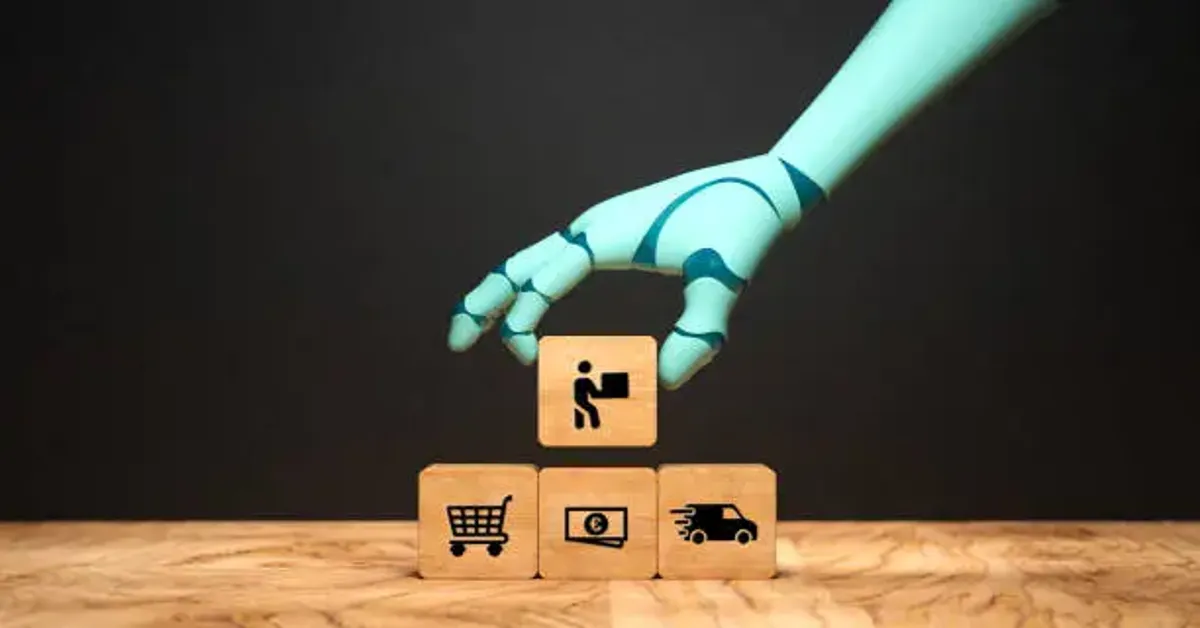You wouldn’t usually associate artificial intelligence with furniture moving. But that’s exactly where it’s making a quiet, measurable impact—especially when it comes to customer experience (CX).
From automated quote generation to proactive service updates and AI-powered contact centres, forward-thinking moving companies are using intelligent tools to take the stress—and the silence—out of moving day.
One such mover leading this transformation in Canada is Quick & Easy Moving. By combining smart logistics with conversational automation, they’ve redesigned what customer service can feel like in an industry known for tight schedules and high tension.
The Problem with Traditional Moving CX
Most moving companies still rely on manual calls, handwritten checklists, and reactive communication. Customers often:
- Don’t know when the truck is arriving
- Can’t confirm if their quote is accurate
- Receive last-minute reschedules or unclear invoices
- Feel left in the dark when something goes wrong
The result? High anxiety, no-shows, complaints, and missed referrals.
In a logistics-heavy business where reputation matters more than price, even small breakdowns in communication can ruin the entire experience.
How AI Tools Are Helping
Instead of building an AI chatbot for its own sake, companies like Quick & Easy Moving are applying AI where it solves real-world customer pain.
1. AI-Powered Quoting and Form Completion
Customers fill in a dynamic web form that estimates volume and service type using a smart logic flow. No lengthy phone calls or guessing game.
2. Smart Agent Routing
When a customer calls or messages, intelligent routing directs them to the right agent, department, or follow-up sequence based on natural language recognition and intent detection.
For example, if someone texts “I need to change my pickup time,” the system flags this as a schedule adjustment and auto-forwards it to dispatch, not to billing or sales.
3. Proactive Notifications
Rather than waiting for the customer to chase the truck, AI-driven triggers can send:
- “Your team is en route. ETA 10:40 AM.”
- “Reminder: Please have elevator access confirmed.”
- “Packing crew completed your inventory. Final weight: 17.5m³.”
These updates reduce call centre volume, improve satisfaction, and create a sense of control and transparency, something that’s often missing from service-heavy businesses.
AI as a Human Amplifier (Not a Replacement)
What sets successful movers apart is that they don’t use AI to avoid human interaction. They use it to make every human interaction better.
This includes:
- Giving reps the full history of the customer’s quote, job size, and special notes before they answer the call
- Using sentiment analysis to escalate unhappy messages quickly
- Auto-tagging job types and customer segments for post-job surveys and future marketing
The result is a blended experience, fast, efficient, but still empathetic.
A Real-World Example: Moving Offices in Surrey
Commercial moves are notorious for communication problems. Multiple departments, fixed hours, building access restrictions—it’s a CX minefield.
Quick & Easy Moving recently supported a mid-sized law office relocating from one end of Surrey to another. What made it smooth?
- The quote included time for after-hours elevator access
- Automated updates kept the office manager informed at every step
- The customer service team had full visibility into when and where the crews were arriving
- The customer got a single, consolidated invoice immediately after
In high-stress commercial environments, these details matter. See how they handle similar jobs here: Office movers.
What This Means for the Broader CX Landscape
Movers—like plumbers or HVAC techs, represent a historically overlooked part of CX innovation. But they face some of the most complex CX challenges:
- Disjointed touchpoints (quote, pickup, delivery, review)
- High-value transactions under emotional pressure
- Tight timelines and live logistics
- Non-repeatable service cycles
That’s why this sector is ideal for low-code AI adoption and agent-based orchestration.
In fact, many of the tools being tested by SaaS and retail companies, such as automated follow-up, dynamic FAQs, and multi-channel notifications, have a faster ROI in service businesses like moving.
What’s Next?
Expect movers to:
- Offer self-serve job tracking portals
- Use AI to estimate insurance risk and suggest upgrades
- Build predictive logistics dashboards based on live traffic, truck availability, and weather
- Apply genAI summarisation to job reviews and post-move feedback for insights

